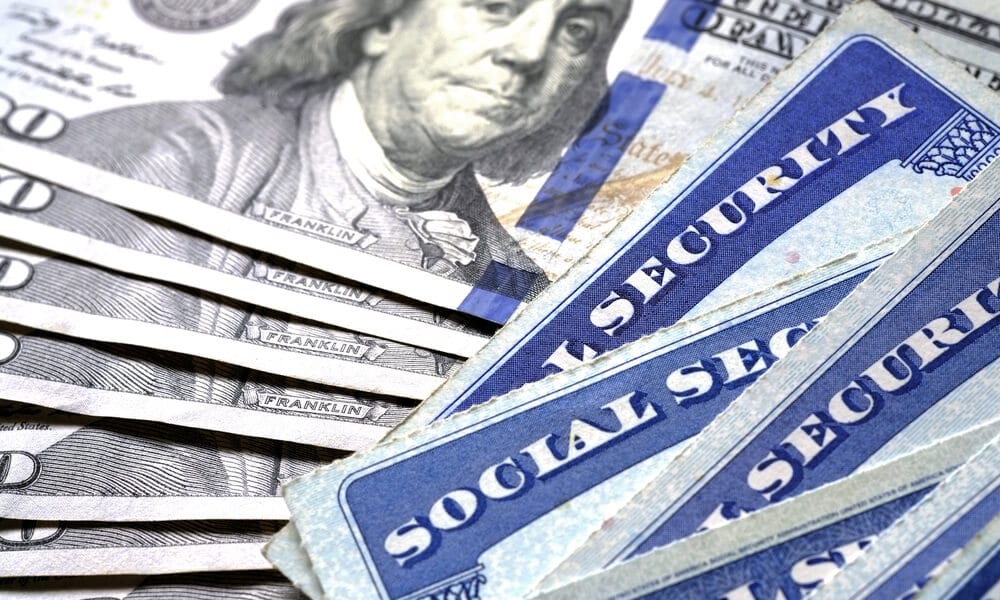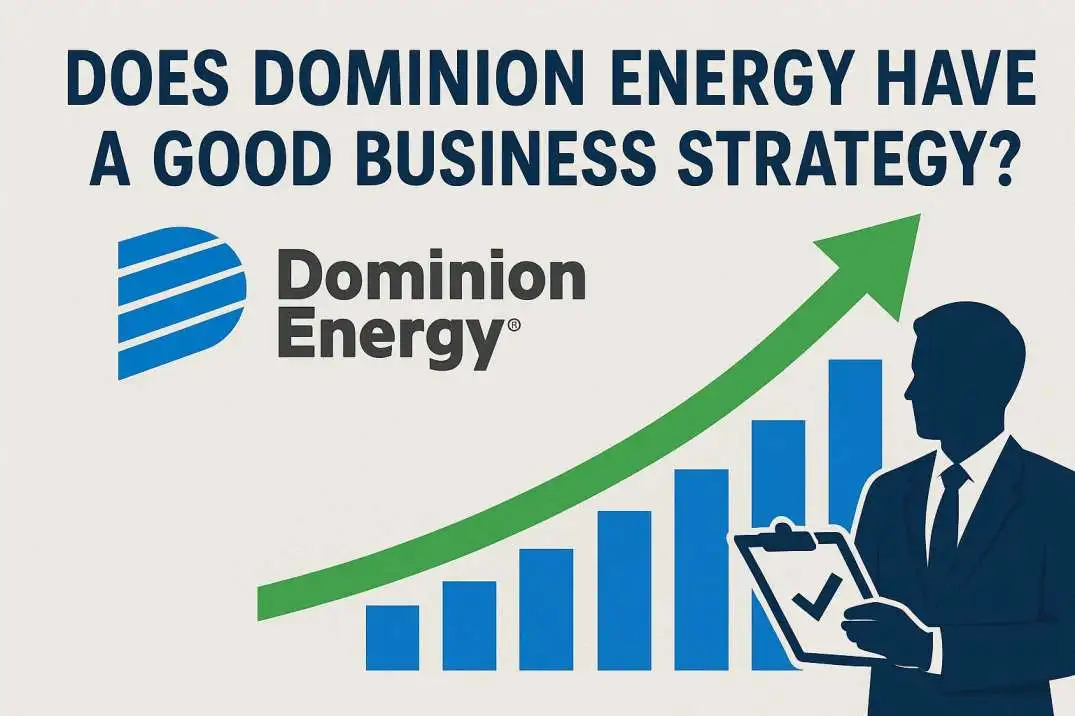Socialism is a fraught term in the United States—a country where capitalism is the prevailing economic system and is the premise for the system of governance. One situation in which the word tends to crop up is when Americans look at government programs, particularly Social Security.
Social Security is a form of social welfare, but to comprehend what the debate is about, let’s first review some terms.
Socialism As Government-Based Economic Production
Socialism is a form of economic production whereby laborers co-own and co-produce products and services and share in the profits. But the definition has recently been conflated with statist forms of government. Under this definition, the government owns and controls key industries, while the economy is centrally planned. As such, the government provides the majority of products and services for its citizens.
Contrast this with capitalism, where businesses and private individuals own the tools and other means of production. They keep all the profits while paying laborers a wage. As such, the market governs the economy.
In most modern countries, a free or market-run economy is subject to federal and state legislation and regulations. As such, these countries do not practice unadulterated, laissez-faire capitalism. Some countries, such as Norway and Sweden, have mixed economies wherein providers of products and services enjoy private ownership of resources, while citizens benefit from social-needs–oriented public services. This is known as social democracy or democratic socialism.
Though the U.S. is obviously a capitalist country, the government plays a role in economic and financial affairs. One of the hallmarks of its federal system is Social Security, a government-run benefits program instituted in 1935 during the Great Depression.
Let’s examine the main components of Social Security benefits—specifically, the extent to which they might be considered a form of socialism.
Who Runs the Social Security System?

The Social Security system is managed by the U.S. government—not individuals or enterprises. It monitors earnings and benefits, operates the website that allows people check their benefits records, approves or denies retirement benefit applications, collects Social Security taxes, and distributes retirement, disability, and other benefits.
While the government employs independent contractors, such as Lockheed Martin, IBM, Dell, and others, to provide telecommunications, data storage, and other services, the government is in full control of Social Security.
Who Decides How Much to Contribute and When?
The U.S. Congress decides how much of your paycheck is taxed in order to contribute to the Social Security fund. Here's how it works for 2023:
A total of 6.2% of your gross pay goes to Social Security, and your employer typically sends in an equal amount.
If you earn more than $160,200 in 2023, you don’t have to pay Social Security taxes on any additional earnings above that amount. In 2024, this quantity increases to $168,600.
If you’re self-employed, you pay the whole 12.4%, though that amount is reduced marginally when you claim a tax deduction for the employer portion of that tax.
It’s not unreasonable to consider whether, even if you work for someone else, you’re effectively paying the whole 12.4%—“bearing the incidence of the tax” because if your employer didn’t have to make Social Security payments on your behalf, it could instead include that money in your paycheck.
The government also determines when you contribute. If you’re an employee, the taxes are taken out of each paycheck. If you’re self-employed, you generally pay a quarterly estimated tax and reconcile your tax payments when you submit your annual return.
Below are the various revenue sources for the Old Age and Survivors Insurance Fund in 2022.
Social Security vs. Private Retirement Accounts
Individuals with private retirement savings accounts have more discretion over how much and when to contribute than they do with paying Social Security taxes. For example, if you work for a company that offers a 401(k) plan, you can determine what percentage of each salary (if any) to redirect to that account—although government regulations place restrictions on how much you can contribute.
The annual limit on 401(k) contributions is $23,000 in 2024, a $500 increase from 2023. This quantity increases to $30,500 if you are 50 or elderly, due to the $7,500 catch-up contribution allowed by the government. You cannot contribute to a Roth IRA if your adjusted gross income (AGI) is $161,000 or higher for singles and $240,000 or higher for married couples filing jointly. This is an increase from 2023 maximum limits of $153,000 and $228,000, respectively.
Read Also: Prepare for the Future of Fintech
Who Decides What to Pay Out and When?
With a private retirement account, such as a 401(k) or Roth IRA, you determine when to withdraw money from your account, and how much to take out. With some retirement accounts, the Internal Revenue Service (IRS) will make you pay penalties if you take out money before you reach a certain age or don’t withdraw enough money each year after reaching a certain age. Still, there’s much more flexibility here than with Social Security retirement benefits.
With Social Security, the government decides how much to grant you and when. You can decide when to start receiving benefits, but it can't be until age 62 (where you collect the lowest benefit) and age 70 (where you collect the highest benefit).
Can You Opt-Out of Social Security?

Few taxpayers can opt out of paying into the Social Security system. The Amish, Mennonites, and other religious groups that conscientiously object can sometimes claim a religious exemption from paying into the system as long as they also don’t receive or even qualify to receive any benefits. If you received any benefits, you may still qualify for a religious exemption if you repay them.
Some nonresident aliens don’t have to pay into the system, depending on which type of visa they have. Foreign government employees based in the United States and college students who are employed by their university are also exempt.
What about opting in? Under a public retirement system or a Section 218 agreement, some state and local government employees are covered while not paying into Social Security. These employees aren’t permitted to opt into the program.
With private retirement savings accounts, it’s entirely up to you whether to contribute. Even if your employer automatically enrolls you in its 401(k) plan in an attempt to prod you into contributing, you can opt out if you wish.
How Are Social Security Funds Managed?
The Social Security system is set up as an intergenerational wealth transfer. This means that all contributions go into one collective receptacle, so the funds aren’t held in our individual names. The Social Security taxes the goverment collects from current laborers pay for the benefits of current retirees.
Depending on when you retire, how much you earned, and your marital status, you may see a better or worse return in terms of receiving back more or less than you contributed.
The Threat of Depletion
Because various generations are diverse in size, this structure leads to what could be described as sequencing problems with paying out benefits. Taxes from the immense baby boomer generation comfortably supported the retirement of the relatively small Silent Generation (born between 1925 and 1945, many of those years marred by the Great Depression and war) and the greatest generation (whose members fought in World War II).
With more and more boomers reaching retirement—and the fact that Generation X, the next generation, is smaller—it is estimated that Social Security’s reserves, also called the Old-Age and Survivors Insurance (OASI) Trust Fund, could be depleted by 2033.



